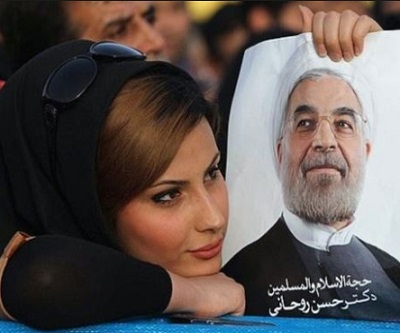
If Iran can move swiftly towards its pre-sanctions petroleum export level of 2.2 million barrels per day, oil prices are likely to drop between $10–$20 a barrel.
A softer diplomatic tone from new president Hassan Rouhani and international agreement over Syria have increased probability that years of crippling sanctions against the “Axis of Evil” country will be reduced or lifted.
Iran has the world’s fourth largest petroleum and second largest gas reserves, so an increased role in international markets would bear considerable fruit for its economy.
Other oil-rich countries, most notably Saudi Arabia, will keep a close eye on things, standing ready to slow production in order to hold up prices if Iran’s exports begin to surge.
US Secretary of State John Kerry is scheduled to meet with Iran’s foreign minister next week, in what would be the first direct talks between the two nations in six years.
Whether or not this conciliatory buzz lasts, Iran’s supreme leader Ayatollah Khamenei must be for the moment quite pleased: the Iranian people have responded to the new president with great enthusiasm, the US is, for now, out of his backyard, and the petroleum gravy train may soon leave the station.
Khamenei’s probably wondering why he didn’t get rid of Ahmadinejad earlier.